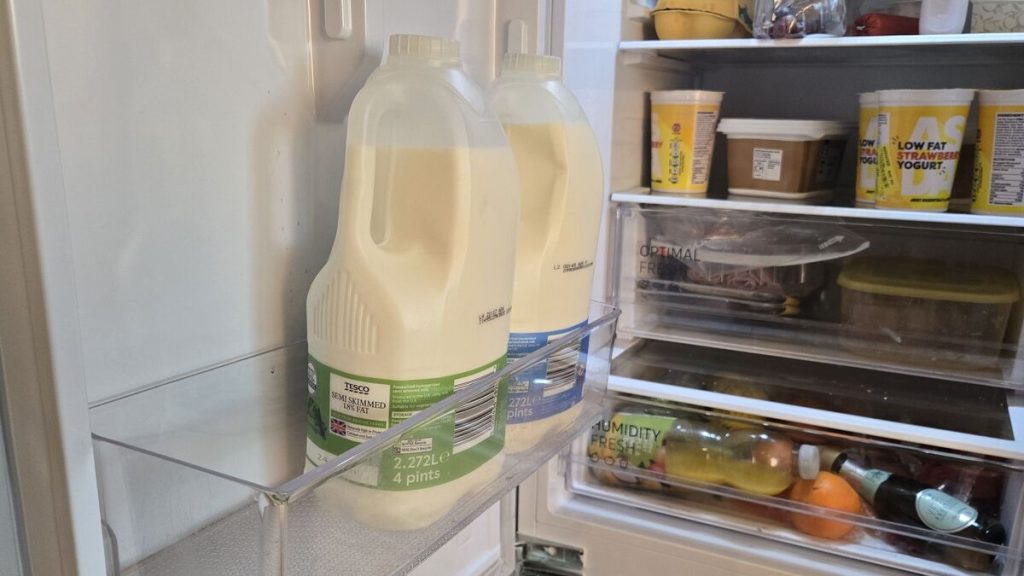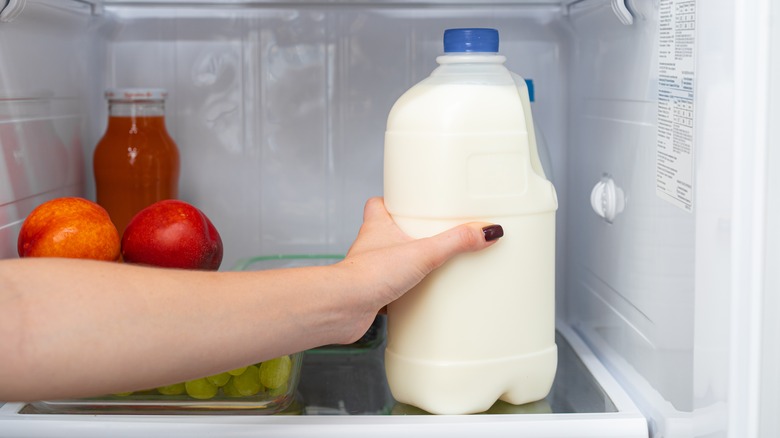While it may seem convenient to store milk in the refrigerator door, this practice can lead to several unintended consequences. Understanding the reasons behind this can help you make better choices for preserving the freshness and safety of your milk.
The Refrigerator Door: A Temperature Fluctuation Zone
The refrigerator door is the warmest part of the fridge due to frequent opening and closing, exposing it to ambient air. This constant temperature variation can cause milk to spoil faster than if it were stored in a more stable environment. Milk requires a consistent temperature between 0 and 4°C to remain fresh and safe for consumption.

Accelerated Spoilage and Bacterial Growth
When milk is stored in the door, the fluctuating temperatures can lead to faster degradation. Signs of spoilage include sour odor, off-flavor, and curdled consistency. These changes are often due to the growth of bacteria, which thrive in warmer conditions. Consuming spoiled milk can lead to digestive issues and foodborne illnesses.
Increased Food Waste
Improper storage of milk can lead to premature spoilage, resulting in unnecessary food waste. Throwing away spoiled milk not only wastes food but also money. By storing milk correctly, you can extend its shelf life and reduce the frequency of spoilage.
Optimal Milk Storage Practices
To ensure your milk stays fresh for as long as possible:
- Store Milk on the Back Shelves: Place milk on the back shelves of the refrigerator, where the temperature is more consistent and cooler.
- Avoid Frequent Opening: Keep milk away from areas that are frequently opened to prevent exposure to warm air.
- Maintain Proper Refrigerator Temperature: Set your refrigerator between 0 and 4°C to maintain optimal storage conditions for milk.
Other Foods Sensitive to Temperature Fluctuations
Similar to milk, other perishable items are sensitive to temperature changes and should not be stored in the refrigerator door:
- Eggs: Best stored on a stable refrigerator shelf in their carton to maintain freshness.
- Yoghurts and Creams: Sensitive to temperature variations; store them on middle or bottom shelves.
- Fresh Meat and Fish: Require ultra-cold temperatures; store them on the bottom shelf to prevent cross-contamination.

Conclusion
By understanding the impacts of storing milk in the refrigerator door, you can make informed decisions to preserve its freshness and safety. Implementing proper storage practices not only extends the shelf life of milk but also contributes to reducing food waste and ensuring better health outcomes.

















